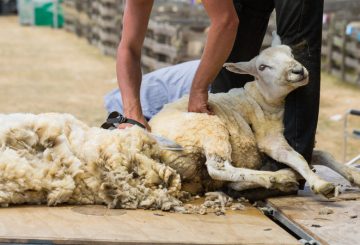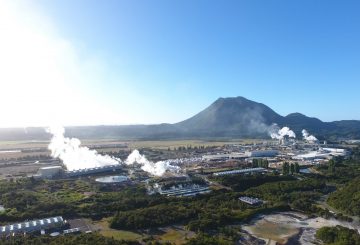Business News

Up to 60 overseas shearers to be granted border exemptions

Ōpōtiki: The small town winning huge government funding

‘Transitional pain’ warned as paper mill signals changes to New Zealand operations

Businesses prepared to innovate because of Covid-19

‘Huge opportunity’: NZ-based movie productions ramping up

Government nixes calls for fruit pickers to be let into NZ, for now

6000 complaints filed against bosses

Reserve Bank considers lowering cost of borrowing

Hawkes Bay wine awards reveal a stellar year for the industry

















































